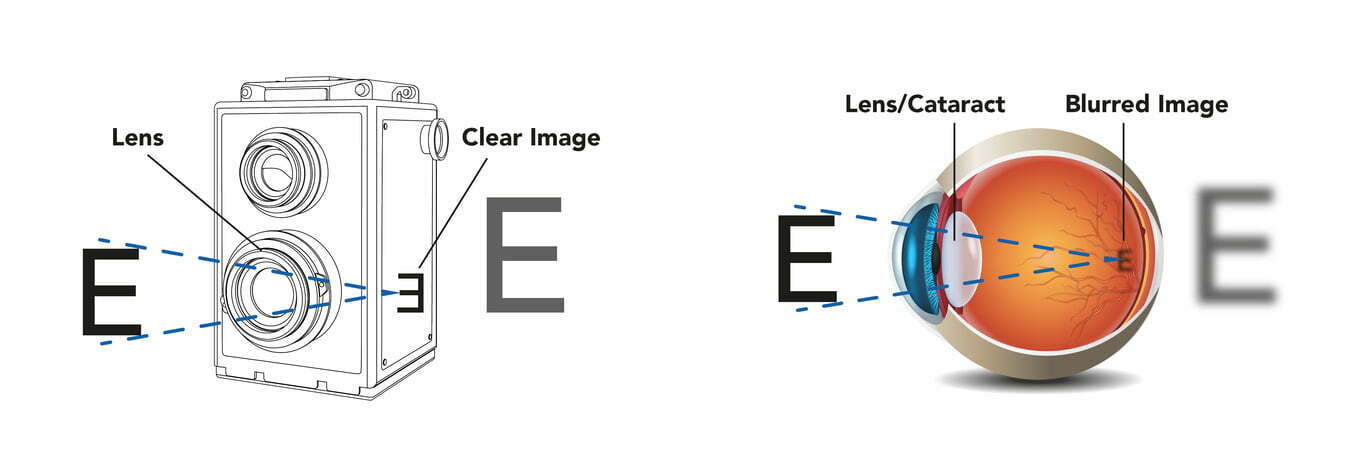The lens in your eye works like the lens in a camera to focus images you see onto the retina (like the film in the camera). This lens is clear when we are young but it starts to cloud after we pass the age of 50. This clouding is called a cataract and causes blurred vision like looking through a frosted glass.






The procedure, called Phacoemulsification (dissolving the cataract in Latin) uses ultrasonic energy to emulsify (or dissolve) the cataract for removal through a phaco probe.


A very small incision (2.75 mm) is made on the side of the cornea.
The probe is inserted through this incision into the eye to break up the cataract into smaller fragments by using ultrasonic energy. These fragments are then removed by using a suction device within the probe.
A small 'foldable' intraocular lens (IOL) is implanted into the eye to replace the cataract lens. This IOL helps the patient to focus without spectacles and do the work of the old natural lens. The choice of IOL depends on the patient's visual requirements and the surgeon's recommendation.
The IOL is positioned at the same location as the natural lens within the lens capsule. The wound does not require any stitches as it is self-healing.
The procedure, called Phacoemulsification (dissolving the cataract in Latin) uses ultrasonic energy to emulsify (or dissolve) the cataract for removal through a phaco probe.
This is by far the most commonly used implant with the IOL power chosen to improve your distance vision. For near vision, the patient requires reading glasses. The advantage of IOL is excellent clarity for distance vision.


Copyright 2023 © ExcelView Laser Eye Centre Sdn Bhd (Company No. 200001006228 (508833-K)).
Website managed by Exabytes. All rights reserved.